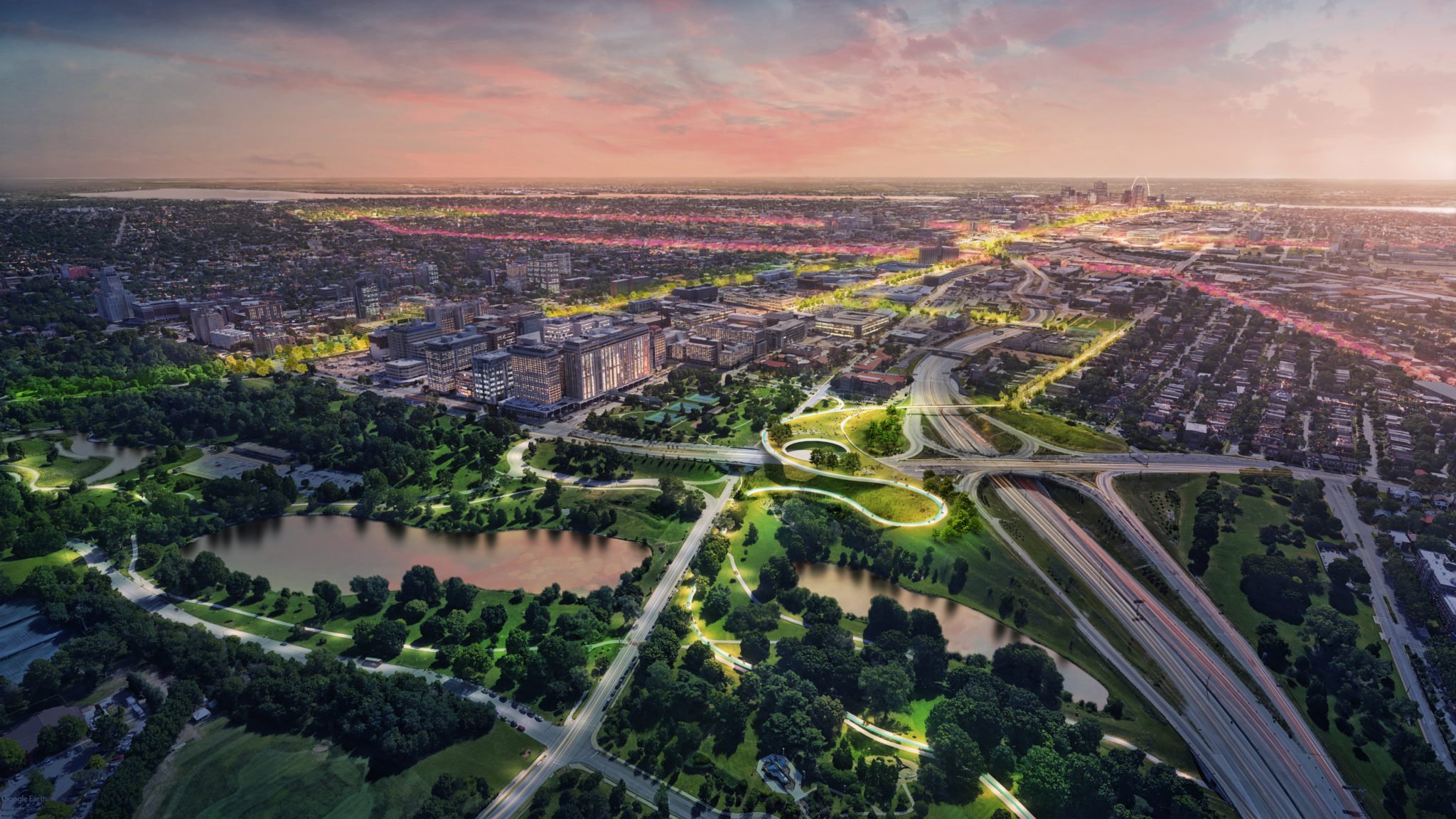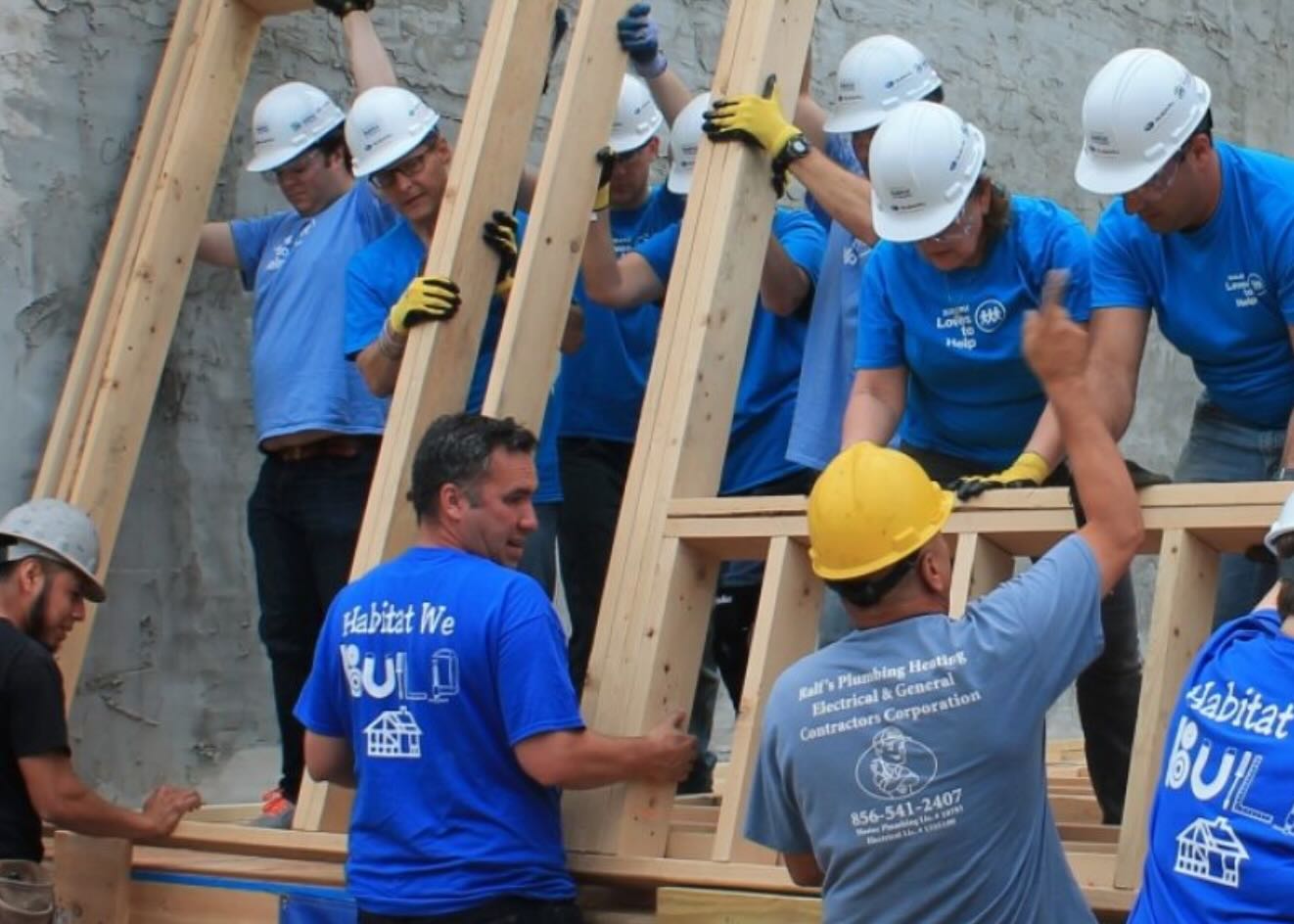Segregation, climate change, food deserts and the downsides of gentrification: These seemingly intractable problems are stimulating and inspiring a new generation of design-minded leaders, including the nine just-announced 2020 Loeb Fellows at Harvard’s Graduate School of Design. The prestigious fellowship includes a year of housing in Cambridge, access to Harvard and MIT classes and resources, a $52,500 stipend and a formidable alumni network.
The urgency of addressing urban challenges remains as relevant now as it was when the program
“Fifty years ago, American cities were literally in flames over issues of race and equity, and the environmental health of the planet was an increasingly urgent concern,” he says. “Today, while cities

Worth spoke with three of the incoming Loeb Fellows: two urban planners and a social entrepreneur, all challenging assumptions, grappling with difficult questions and
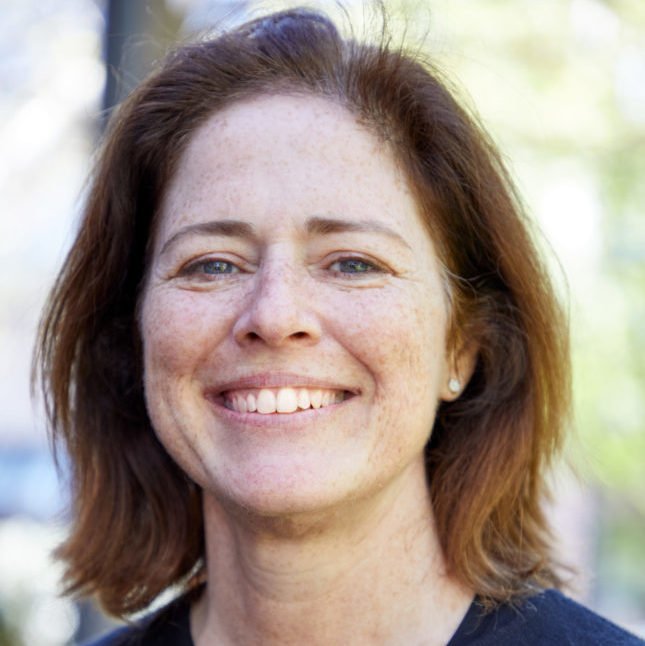
Beth Miller
Executive Director, Community Design Collaborative, Philadelphia
A Philadelphian by adoption, Beth Miller brings a community focus and a shrewd sense of possibility to her work at the Community Design Collaborative, pairing
Working pro
In a city with a 26 percent poverty rate and 40,000 vacant lots, Miller has huge opportunities to make an impact, and no shortage of challenges. “Philadelphia is a city built for 2 million people, and we only have 1.5 million. There’s been a lot of deferred maintenance in places of public access. We want to ensure every neighborhood can be engaged in community design and be a place where residents can thrive,” says Miller, who has worked at the organization since 2001. The flip side of Philadelphia’s increasing development, she notes, is the risk of unchecked gentrification.

“
Among Miller’s most recent projects: Sacred Places/Civic Spaces, which paired a mosque, a Baptist church and a Methodist church with architects who helped them add affordable housing, health centers, meeting spaces and educational facilities for their congregations.
“More and more congregations are facing closure. Those are community assets, and if they become blighted, that’s a real negative,” Miller says. “Our question was, ‘Can congregants deaccession a portion of their properties
That project builds on
These are the kinds of projects, Miller notes, that have strong backing not only from her cadre of volunteer architects, contractors, engineers and landscape designers, but also from Philadelphia mayor Jim Kenney.
“Our mayor is investing in rebuilding, in pre-K, parks, rec centers and libraries through community-engaged design and community-based partners,” she says. “He has the right idea, which is to invest in public spaces and public assets, and to do your best to make the city a level playing field.”
All of her work, Miller says, comes back to one essential challenge: “Having an idea is interesting, but how do you implement it so that there are no losers?”
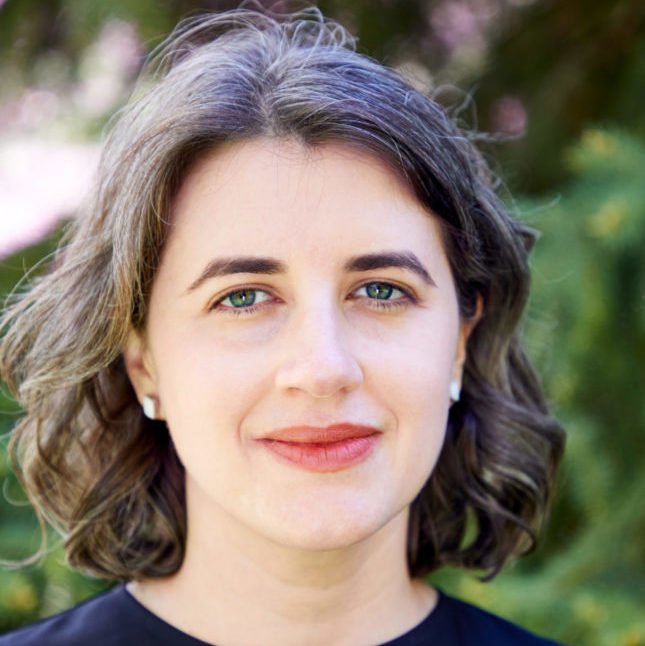
Deborah Helaine Morris
Executive Director of Resiliency Policy, Planning and Acquisitions, New York City Department of Housing Preservation and Development, New York
Deborah Helaine Morris oversees flood planning for New York City’s 520 miles of coastline—more than the coastlines of Miami, Boston, Los Angeles and San Francisco combined.
“If you consider the expanded risk of the city’s 500-year
“We have over 8.5 million people, but on any
Running the city’s $100 million property acquisition and buyout program is one way Morris is fighting inequities. “We purchase damaged property and convert it to
In a city as densely populated as New York, the solutions have to come through
“The federal government sees flood risk in a very simple way. You can just lift
Long-term social policies have shaped many current dynamics, she notes, and require complex thinking. “So
Following 2012’s Hurricane Sandy, Morris pioneered the Resilient Edgemere Community Plan, an ambitious 10-year project to reinvigorate the city’s distressed Rockaway Beach neighborhood, which
Morris plans to use her Loeb fellowship as an opportunity to innovate products that facilitate property exchange.
“There’s a real opportunity to reflect on property acquisition and buy out programs and to look creatively at different
Morris also wants to explore how design technologies can solve current and future flooding crises. “What is the sewer of the future? Could amphibious cars make us more comfortable in living with water? What could make life livable for a long
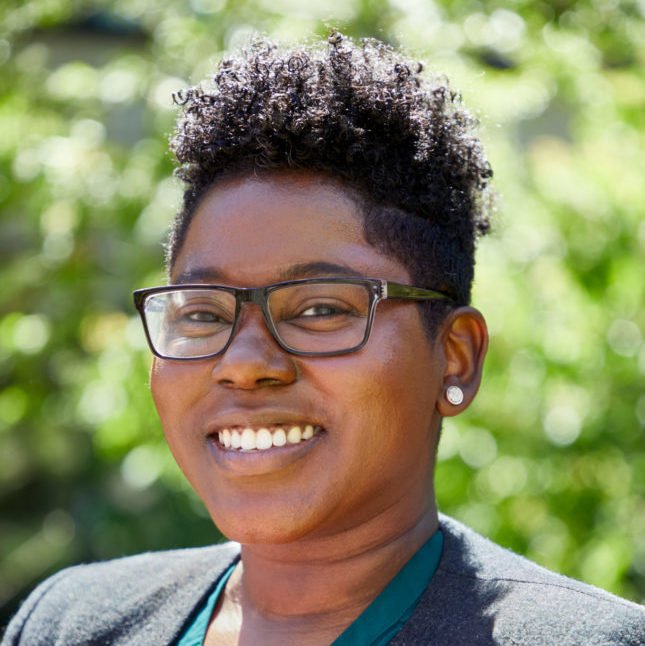
De Nichols
Social Impact Design Principal, Civic Creatives, St. Louis
A 31-year-old powerhouse with both a design BFA and
A recent example: The winning plans Nichols and her colleagues entered for St. Louis’ Chouteau Greenway Design Competition, which will create a new greenway connecting the city’s Forest Park to the Gateway Arch. “Part of what set us apart was that instead of building it
Nichols’ firm Civic Creatives grew out of a design nonprofit she started while in grad school, creating what she calls “whimsical, human-centered design” to address problems of food access, racial, economic and social divisions.
Her projects have included working with medical students to create mobile
As an undergraduate, Nichols developed programs for the Clinton Global Initiative, teaching design-thinking, entrepreneurship and civic engagement to elementary through high school students in Alabama, Mississippi and Missouri. The projects, aimed at cleaning up public spaces, repairing homes for the elderly and rebuilding local parks, included woodcutting and 3D design. Nichols, who identifies herself as “a queer person, a person of color, an artist and a foodie from a family of chefs” also founded a program called United Story, engaging students to discuss identity, sexuality and education through panel discussions and pop-up events.
The protests that engulfed Ferguson, Mo., after the 2014 killing of Michael Brown by
During her Loeb fellowship, Nichols will
“The museum has suffered financial disinvestment and social disinterest, but there’s so much potential in the revitalization. We could have more programming, more partnerships and the museum director owns the plot of land,” Nichols says. “There

